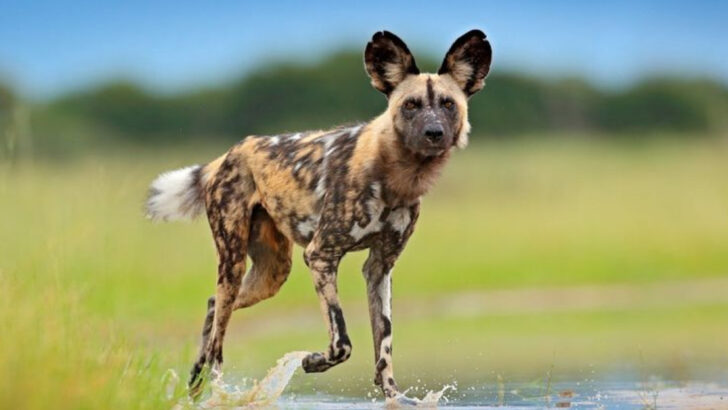They’re fast. They’re fierce. And they’re almost gone. Around the world, a handful of wild dogs are barely holding on—hiding in shrinking forests, dodging poachers, and outrunning extinction with every breath. These aren’t your backyard pups or Instagram-ready huskies. These are ghostlike hunters of deserts, jungles, and mountains—each one rare, rugged, and racing the clock. Some are down to just a few hundred. Others are so elusive that scientists still debate how many are left. Their stories are gripping, their futures uncertain—yet each one is worth knowing, remembering, and rooting for. Let’s meet the 9 rarest wild dogs still roaming this planet—and the fragile corners where they’re making their last stand.
Ethiopian Wolf
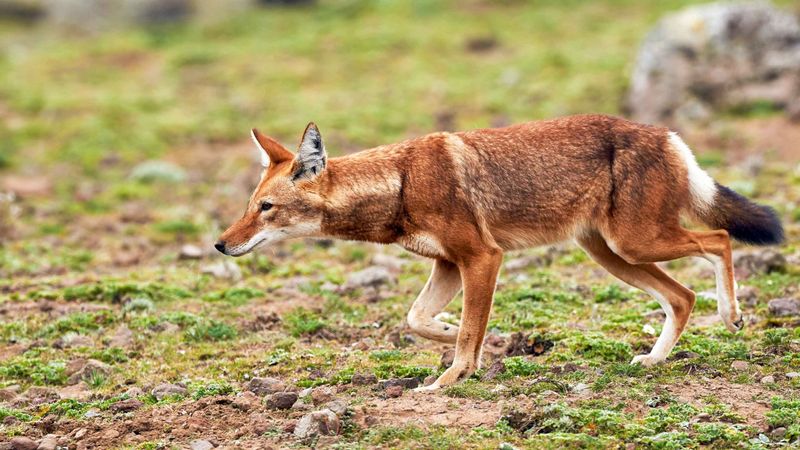
The Ethiopian Wolf, with its striking reddish-brown coat, roams the highlands of Ethiopia. As Africa’s most endangered carnivore, it faces the threat of habitat loss and disease. Imagine spotting this elegant predator in the Bale Mountains, where it hunts small rodents.
Once abundant, the wolf’s population has dwindled due to human encroachment. Conservationists strive to protect its habitat, ensuring its survival.
Did you know? The Ethiopian Wolf is the only wolf species native to Africa. Such uniqueness makes its preservation even more crucial.
Dhole
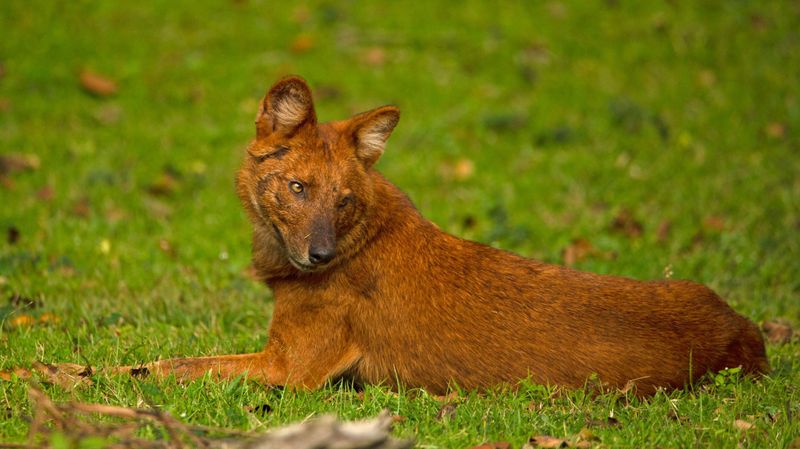
The Dhole, known for its rusty red fur, is a social animal often seen in packs. Found across Asia, this wild dog thrives in dense forests. Picture a group of Dholes playfully interacting, a testament to their sociable nature.
Sadly, habitat fragmentation and competition with other predators threaten their existence.
Conservation efforts focus on preserving their natural habitats and prey availability. Interestingly, Dholes communicate through unique whistle-like calls, enhancing their group coordination.
Bush Dog

With short legs and a curious look, the Bush Dog navigates the rainforests of South America. Its small, stocky build allows it to move through dense undergrowth with ease. Despite its adaptability, deforestation poses a significant threat.
Conservationists work tirelessly to safeguard its habitat. This elusive canine is often spotted near water bodies, highlighting its semi-aquatic tendencies.
A fun fact: Bush Dogs have webbed feet, aiding their swimming capabilities, a rare trait among wild dogs.
African Wild Dog
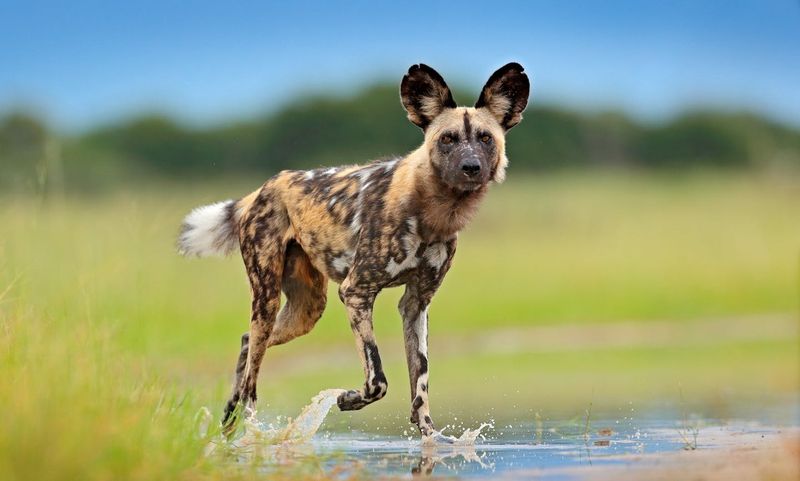
Renowned for its multicolored fur, the African Wild Dog is a sight to behold on the African savannah. This sociable pack animal exhibits remarkable hunting strategies, often seen in coordinated formations.
Despite their prowess, these dogs face threats from habitat encroachment and human-wildlife conflict.
Efforts to protect their dwindling numbers focus on education and coexistence. Did you know? Each African Wild Dog has a unique coat pattern, akin to a fingerprint.
Maned Wolf
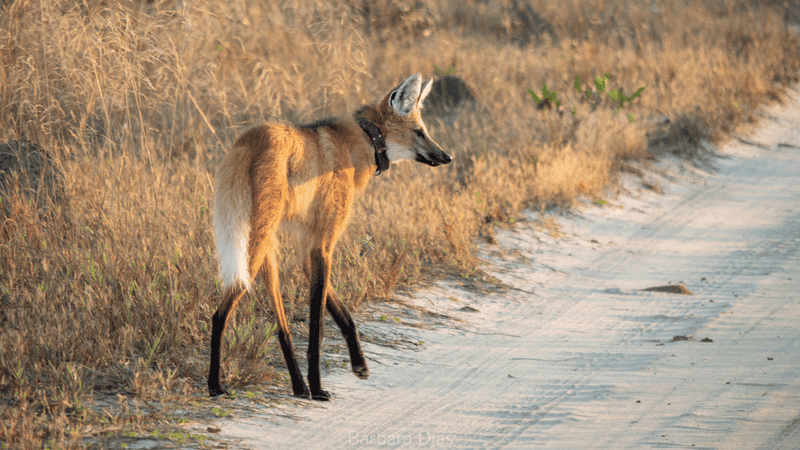
Standing tall on long legs, the Maned Wolf strides through the Brazilian grasslands with grace. Its reddish fur and long neck give it a distinctive appearance, resembling a fox on stilts. This solitary creature is a symbol of the wild Cerrado.
Unfortunately, agricultural expansion threatens its habitat. Conservation initiatives aim to balance development with preservation.
A curious fact: the Maned Wolf communicates using a roar-bark, which resonates across its territory, a unique feature among canids.
New Guinea Singing Dog
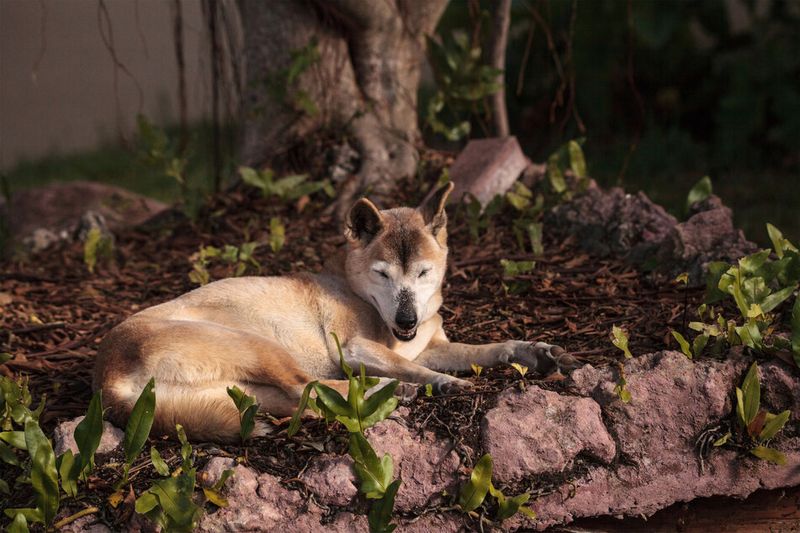
Deep in the highland forests of New Guinea, the Singing Dog is known for its melodic howls. This ancient breed boasts a golden-brown coat and an alert expression, reflecting its intelligent nature.
Once thought extinct in the wild, small populations have been rediscovered, sparking hope among conservationists.
Interestingly, their vocalizations are unique, resembling a blend of wolf howls and whale songs, a testament to their name.
Simien Jackal
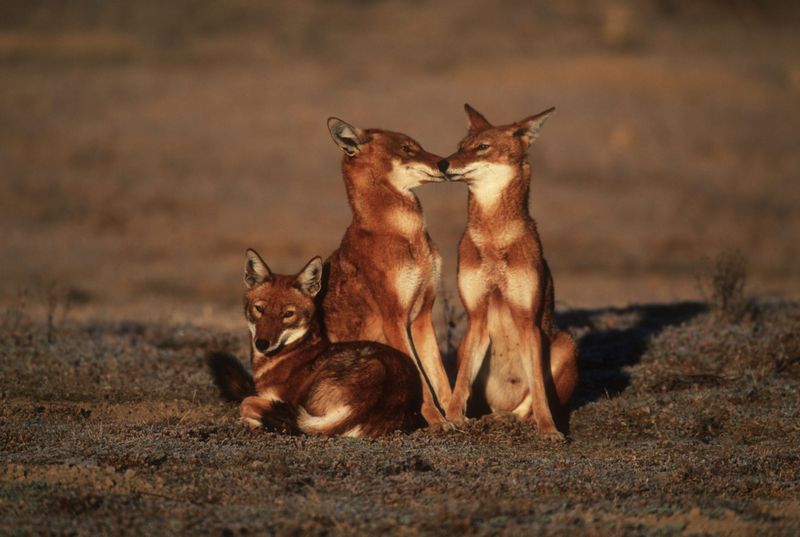
In the Ethiopian highlands, the Simien Jackal’s slender build and golden fur are captivating. This rare canine, often confused with the fox, is a distinct species.
It faces threats from habitat loss and disease, similar to its Ethiopian Wolf cousin. Efforts to protect this species are crucial for biodiversity.
Did you know? The Simien Jackal plays a vital role in its ecosystem by controlling rodent populations, highlighting its ecological importance.
Cape Fox
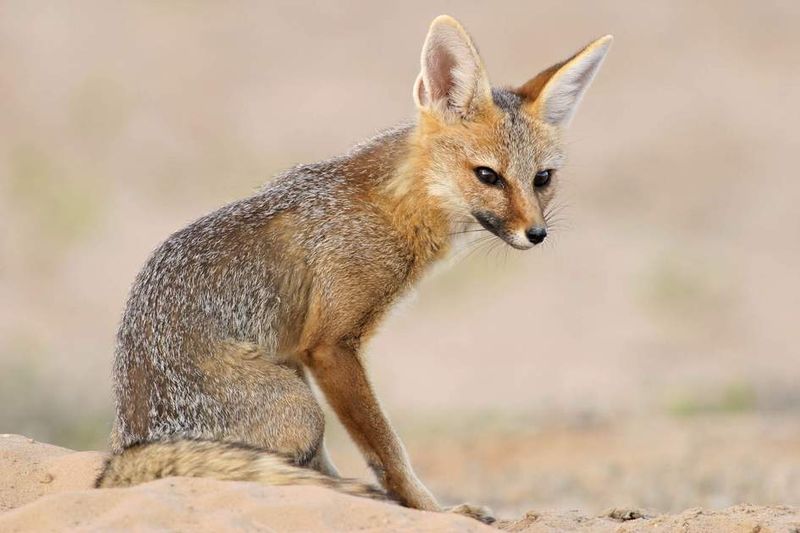
The Cape Fox, with its silver-gray coat and bushy tail, is a nocturnal resident of South Africa’s deserts. Its keen senses aid its survival in the harsh terrain.
Though not as endangered as others, it still faces threats from habitat disturbance.
Conservationists focus on monitoring its population and understanding its habits. An intriguing fact: The Cape Fox is the smallest of the wild dogs in Africa, yet it commands its environment with agility and intelligence.
Short-eared Dog
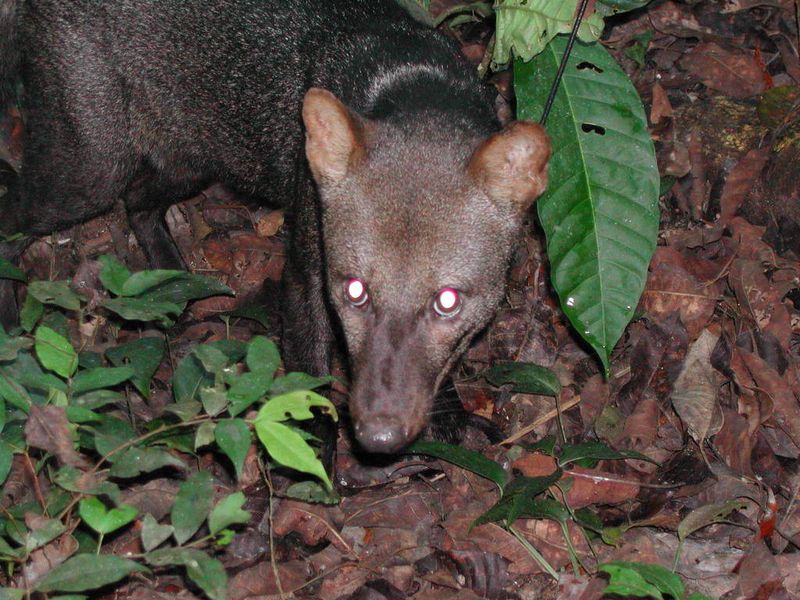
Hidden within the Amazon rainforest, the Short-eared Dog is a mysterious and elusive creature. Its sleek brown fur and keen eyes help it blend into the dense foliage.
Deforestation and habitat destruction pose significant threats to its existence. Conservationists strive to uncover more about this enigmatic species.
A lesser-known fact: The Short-eared Dog is known for its solitary nature, often avoiding other animals and humans alike, adding to its mystery.

